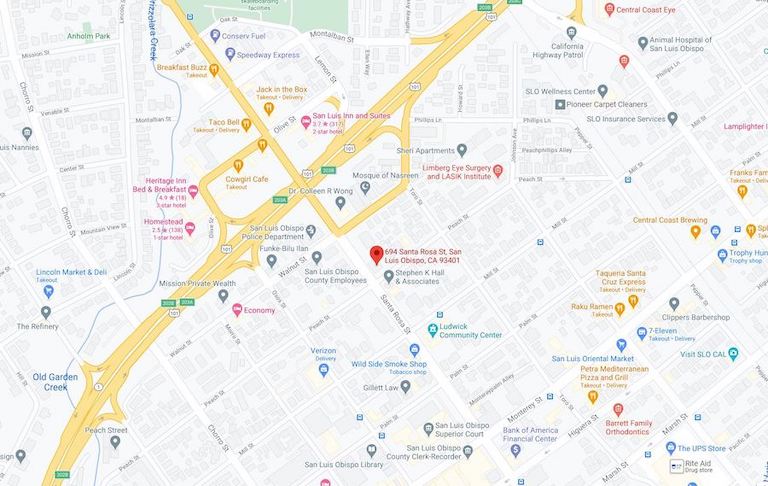Demands for insurance policy limits frequently generate substantial concern for insurers. A properly executed policy limits demand that is rejected by an insurer will “open the policy” and expose the insurer to liability in excess of its policy limits. The timing and form of the demand, however, are as important as the demand itself.
A policy limits demand must meet five criteria before a court is likely to hold that an insurer acted in bad faith in rejecting the demand:
- The settlement terms must be clear enough to create an enforceable contract if accepted. Coe v. State Farm Mut. Auto. Ins. Co., 66 Cal.App.3d 981, 991 (1977);
- All claimants must join in the settlement demand. Coe, 66 Cal.App.3d at 992-93;
- All insureds must be released. Strauss v. Farmers Ins. Exch., 26 Cal.App.4th 1017, 1021 (1994);
- The settlement amount demanded must be both within policy limits and “reasonable.” Comunale v. Traders & General Ins. Co., 50 Cal.2d 654, 661 (Cal. 1958); and
- The time provided for acceptance of the demand must afford the insurer adequate opportunity to investigate “whether, in light of the victim’s injuries and the probable liability of the insured, the ultimate judgment is likely to exceed the amount of the settlement offer.” Crisci v. Security Ins. Co. of New Haven, Conn., 66 Cal.2d 425, 430 (1967); see also, Tech Bilt, Inc. v. Woodward Clyde & Assocs., 38 Cal.3d 488, 499 (1988).
The timing of the demand is crucial to “opening up” the policy limits. Plaintiff’s attorneys will frequently make early policy limits demands in the hope a nervous insurer will pay the demand rather than risk exposure in excess of limits. To be reasonable, however, the demand must be timed so that the insurer has had a reasonable opportunity to review the case, evaluate the damages, and discover for itself that the likely verdict meets or exceeds the policy limits. See Walbrook Ins. Co. Ltd. v. Liberty Mut. Ins. Co., 5 Cal.App.4th 1445, 1457-58 (1992).
In other words, a policy limits demand must be backed by evidence which, when objectively evaluated, would lead to the conclusion that the judgment would likely exceed the settlement demand. Such evidence would include medical records, any incident reports, any witness statements, any photographs, and responses to defendant’s discovery requests concerning damages and contentions concerning the insured’s liability.
The insurer must also be given a reasonable amount of time to accept the demand. While the amount of time deemed “reasonable” is dependent on the particular facts of the case, where investigation and evaluation are complete, as little as one week may suffice. Critz v. Farmers Ins. Group, 230 Cal.App.2d. 788, 798 (1965).
All of this stems from the fact that each insurance policy contains an implied covenant of good faith and fair dealing that obligates the insurer to accept reasonable settlement demands within policy limits to avoid exposing its insured to personal liability in excess of those limits. This means an insurer faced with a policy limits demand from a plaintiffs is also pressured by its insured to pay limits to avoid exposing the insured’s personal assets.
Contact Legal Professional
The information provided herein does not, and is not intended to, constitute legal advice; instead all information, content, and materials are for general informational purposes only.
For any questions on this topic, please be in touch with Ziyad Naccasha or Michael McMahon, both attorneys at Carmel & Naccasha LLP. Naccasha and McMahon have extensive background handling cases related to issues surrounding policy limits demands, insurance coverage and insurance defense.



